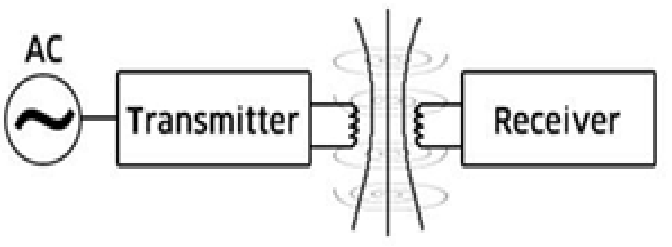Objectives : o To explain the details about the project
o To know the objective of the project
o To know the objective of the project
Activities : For the past week, i have study about the wireless system operation, RF transceiver and also child safety harness invention. From the information i collect and research i have made, i have started doing my proposal. For this week, i have came out with the introduction, objective of my project.
Analysis : The details are shown below:
INTRODUCTION & CONCLUSION:
Introduction
The objective of my project is to develop Remote
Security Alarm for wireless child safety harness with tracker. Nowadays, we
have heard many cases about missing child and kidnapping on the television or
other media. So, I have design something that can be used to solve this
problem. This wireless child safety harness with tracker actually has been
designed to protect child from missing or kidnapping in a busy environment. I
have design 3 circuit for this project and prepared 1 tracker devices. The
circuit that being prepared is transmitter, receiver and alarm circuit and also
the tracker devices. My project is very
easy to use and very comfortable. It can be hold or bring anywhere because of
its size is small and light. I have use 9V battery for both of the circuit. The
receiver and alarm circuit will use the same battery. The alarm circuit will activate
and give a warning sound if the receiver is not receiving a signal from the transmitter.
So it is the warning sign for the parents if their children are far from them.
Objective
In this busy environment, parents
sometimes neglect the importance of their children safety. The main objective
of this project is to develop wireless child safety harness with remote
security alarm fixtures and tracker device. The purpose of this invention is:
Ø to protect the
children from being missing or kidnapped especially in crowded place such as
shopping complex.
Ø To allow
parents freely do their activities such as shopping, working while the kids are
monitored with the device.
Ø To upgraded the existing child harness
from rope child harness to wireless child harness.
Ø To make parents and child feel
comfortable and easy to bring that devices because it was small and light.






